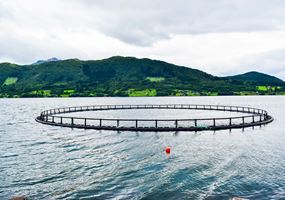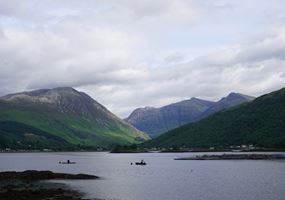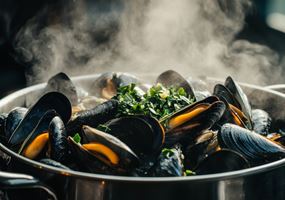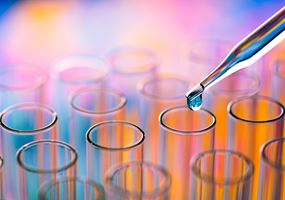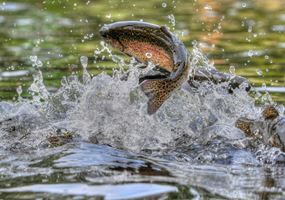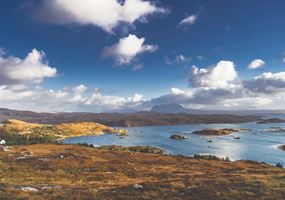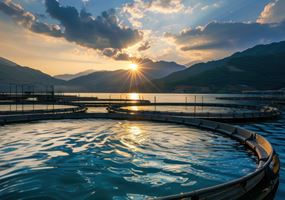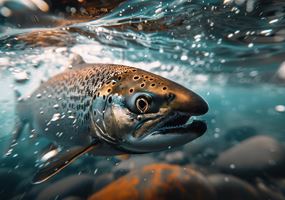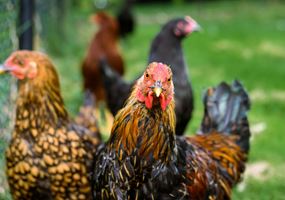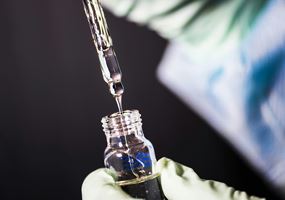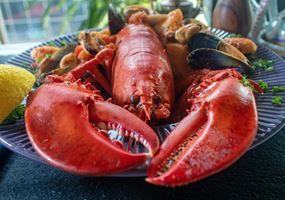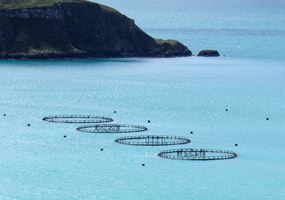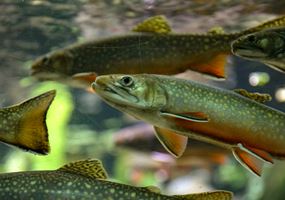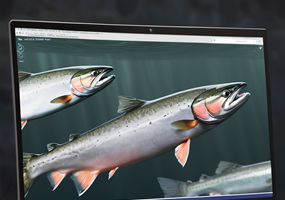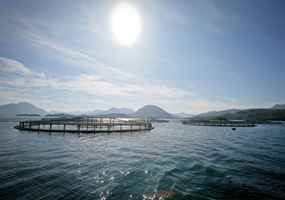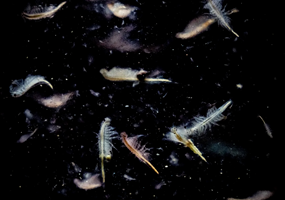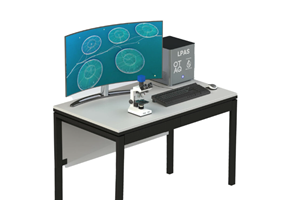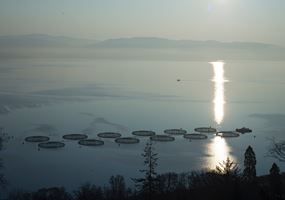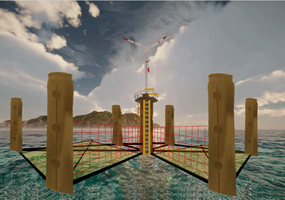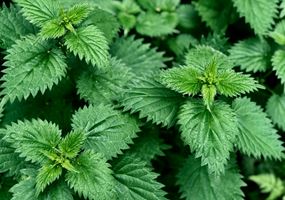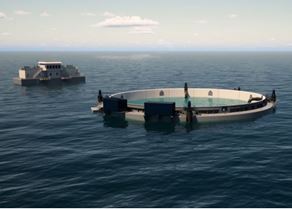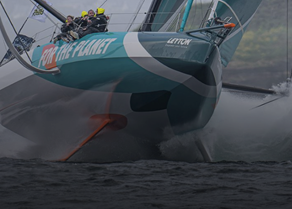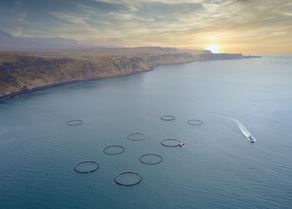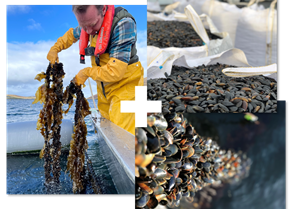Projects
We channel our resources into the areas that will benefit the Scottish aquaculture sector the most, including reducing its environmental footprint and increasing its economic impact.
Sign up to our Newsbites for project updatesUnderstanding sea lice behaviour, dispersion and control is vital for promoting susta...
Shell breakage has posed a persistent commercial challenge to the Scottish mussel ind...
The 'WraAs OptiVacc' project set out to assess the efficacy of multivalent dip vaccin...
The project collaborators aimed to produce a novel immersion vaccine against RTFS cau...
This project aimed to optimise and validate best practices for the treatment of AGD a...
This project aimed to develop a rapid biomarker detection assay and mobile laboratory...
This case study explores a comprehensive project aimed at improving diagnostic tools...
The primary aim of this project was to drive change and address issues within the UK...
This project not only met but exceeded its main objectives, yielding two significant...
AquaLeap aimed to develop and uptake genomics technologies in support of stock enhanc...
This study aimed to address ethical concerns by evaluating the efficacy and welfare i...
The primary objective of this study was to identify the cause of failed fish syndrome...
Developing an open data platform for fish farmers, to combine multiple data sources a...
This project successfully repurposed diagnostic technologies from human and veterinar...
This project explored ways to increase the availability of marine ingredients for the...
This project built and tested a Live Plankton Analysis System (LPAS) prototype that c...
Addressing specific scientific questions to fully understand the efficacy and impacts...
Exploring a modular approach to renewable energy generation in conjunction with aquac...
This project demonstrates that Atlantic salmon be grown on feeds with nettle inclusio...
Industry-academic collaborations
Some of our projects have a lifetime of less than one year, while others are longer-term, multi-partner collaborations of up to three and a half years. Each project unites industry know-how with specialist academic expertise; something that SAIC works hard to encourage by helping forge the necessary connections.
Priority innovation areas
Our work is focused on catalysing and co-funding innovation in the areas identified by the sector as being top priorities. We call them our priority innovation areas – or PIAs for short.
Over the years, the industry’s priorities for innovation have evolved. Therefore, so too have our PIAs. This helps ensure that we continue to deliver maximum benefit from the combined investment being made. SAIC's three PIAs are 1: Finfish health & welfare, 2: Unlocking sector capacity, and 3: Shellfish and other non-finfish species.
